About
Technology
Timelapse animation

Dummy run, 2007
A camera mount has been attached to a metal structure in my front garden in Sydney, to take time-lapse photos of the changes in vegetation and light over a year here. It's a dummy run for if I go to Antarctica again, to animate changes in that landscape. Every morning that I possibly can, I take a series of at least four photos at exactly 8am. Yesterday, Sunday April 15th, I took this series of 98 photos between 10.30 and 11am, to contrast the changes in the sun's shaddows with the movement of a dress dummy along a garden. Two different bodies are in motion: one that can and and one that cannot be controlled. I am displaying .gif animations at 320x240, so they work over slow links. I am keen to make this site plug-in and Java-script free, so it displays on as many different browsers as possible. However, limitation of these, in terms of their file sizes, may prompt the use of .swfs and compressed video formats.
Techniques: Animated gifs
On a Linux system, you have to install ImageMagick. This can run on all major operating systems, but the commands may be a little different on each.
To ensure that you don't trash your originals, make copies to another directory.
Copy a bunch of .jpgs or .pngs to a empty folder.
Make sure the files are arranged in numerical order, eg 001.jpg, 002.jpg etc.
Open up a Terminal to access a command line interface
You'll now need to write a file path to the directory containing your folder of files.
Type 'ls' (list) and look for the folder within which your files are contained.
$cd to that directory by typing 'cd name of directory' and then press Enter.
You can use the Tab key and Enter to complete your typing of the name.
Continue in this way to view the folder containing all your files.
Resize your files (if necessary)by typing 'mogrify -resize 300x300 *.jpg' (or JPG, however the files are named), and press Enter.
To rotate images 90 drgrees counterclockwise (if you've shot the sequence in portait mode), type 'mogrify -rotate "-90" *.jpg' and press Enter.
You will need to convert all your images to gifs before compling as a single animated gif file. Type $'mogrify -format gif *.jpg' and press Enter.
To compile the image series into a single animated gof file, type $'convert -delay 20 *.gif -loop 0 animation.gif' and press Enter. This converts images to an animated.gif with delay of 20/100ths of second between frames and loops n times (0=continuously). You can play with these numbers.
Ken Wilson/Lisa Roberts, Sydney 25 April 2007
Tools: Cameras
Depending on your budget of course there are a many ways to go.
A camera with complete manual control is advisable. I did look at digital SLR cameras and found that the CanonEOS 350D ( around $1200-1500) is pretty good and we got one for the VCA. We also purchased the Canon EOS 5D ( $5000+) which is a bit better because the sensor is larger (not to be confused with mega pixels, the actual physical size of the sensor. The closer in size to a 35mm film frame the better). These cameras have interechangable lenses which is great, but if it is to be on a rostrum, you don't need more than one lens.
Personally, for my own at home use, I couldn't afford any of the above and ended up buying a Panasonic Lumix digital camera. It has full manual control, but a fixed Leica lens. I cannot change lenses. This cost me around $700 a year ago and I am pretty happy with the shots so far.
A problem you might come up with SLR cameras is a 'line out' while animating. You will be able to use a line out to a monitor/computer to see all your menu functions and line up the shot, but it may be tricky flicking between the shot taken and line up the next shot through the same line out if you know what I mean. You can check with the camera dealer and see if you can. With non SLR cameras you can do it because you look through a viewfinder or come straight off the sensor. I am sorry if this is sounding confusing.
I have shot a music video with a domestic 4 megapixel, happy snap camera and saw it screened at ACMI and it looked really good. It had full manual control, but had some irritating features that required some guessing during the shoot.
You can import all your frames directly into an editing program, like Final Cut, After Effects, Premiere, Quicktime etc etc and play it back.
Alternatively, you can buy frame capturing software and hook up either a video camera or digital stills camera. Some programmes require a 'plug-in' for the digital stills camera and some programmes don't take digital stills cameras.
Stop-Motion Pro (PC only)
BTV Pro (Mac, maybe PC too)
Frame Thief
All these have onion-skinning so you can track your previous frame and then store your image straight to hard-drive. So they are great for checking your animation as you go and fun to use. You will just need to check how high the resolution will go. If your end product is video/tv then it is probably fine, if you want to blow up to 35mm, I think I would use the frames directly from camera to an editing programme. You could try both ways and see what you like. You can download free trials from the site.
You can also check camera reviews at:
This is a very helpful site which goes into too much detail for me, but you'll be able to pick out the relevant information easily enough. Canon,Nikon, Sony/Minolta, Panasonic Lumix and Olympus are all good brands and some people will favour one over the rest in the same way choose Holden over Ford, or PC over Mac, but I reckon you just need to keep an open mind. Pentax seems good value, but make sure it can take rechargeable batteries and an AC power supply too.
This link may also be useful to post on your site. It contains a comprehensive list of animation help for stop-motion including a variety of frame grabbing software:
http://stopmotionanimation.com/links/
Robert Stephenson, Animation lecturer, Victorian College of the Arts, 2007
Tools: Animation stands
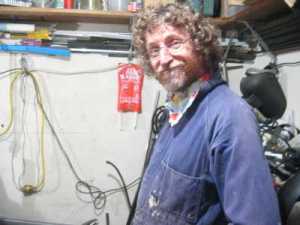
Ken Wilson, designer/builder/programmer, March 21, 2007.
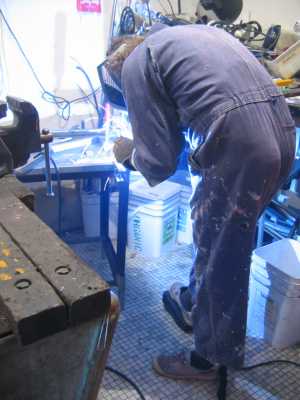
Welding animation stand Mark2, March 21, 2007.
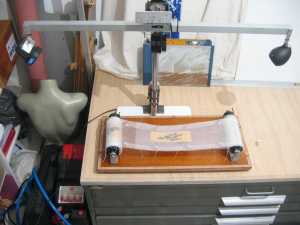
Animation stand Mark1, February 10, 2007.
Tools: Journals
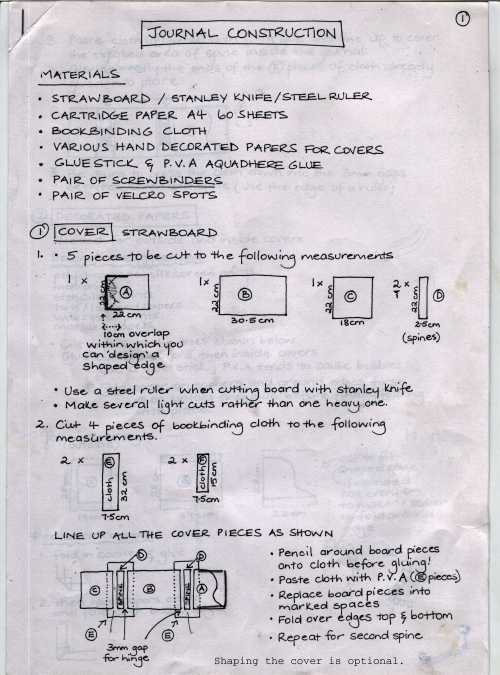
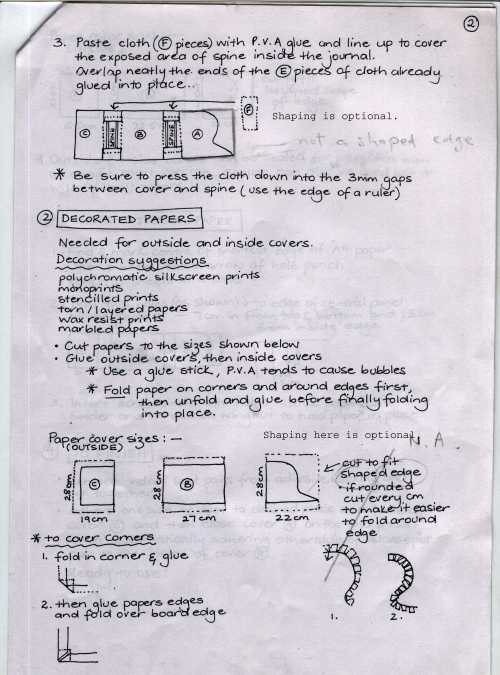
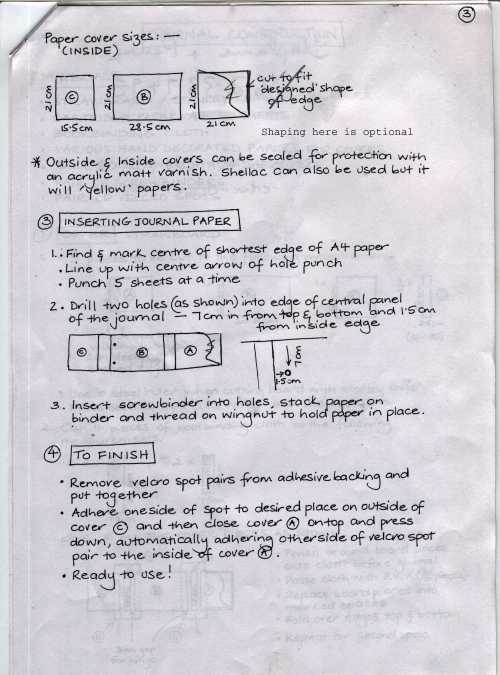
Notes composed by Melissa Smith in the 1990s (with my annotations added later), for use in art her art education programme, Launceston Tasmania.








